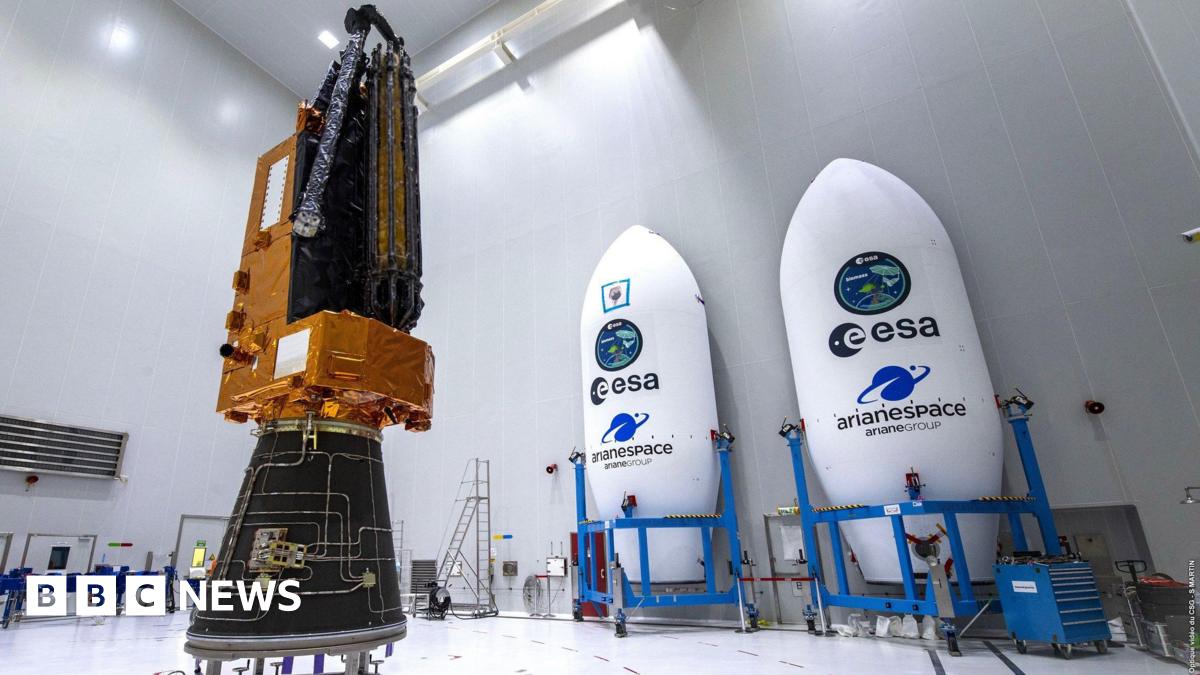Chip companies reckon that they will deliver more compute for less power every year for sometime yet.
I reckon up to 10% is realistic.
It is quite incredible how you can now buy extremely cheap devices for not much more than a fiver, that can do quite sophisticated things. I am experimenting at the moment with one chip the RP 2350 on a board called the Raspberry Pi Pico. Functional, Chinese versions are available for a couple of quid.
You might remember my mentioning my experiments with a Pi Pico and a GPS module configured to work as a weak signal propagation beacon. These are ongoing and I am putting together a solar powered independent version, to eventually become an off grid, self managing system. Right now, one of the two I am running is in the garden inside a tupperware box connected to two solar panels and a small lithium battery (it is actually an old phone battery) and the question is will it recover and work properly after the battery voltage drained down to about two volts overnight. The sun isn't on the panels yet, but I already know the GPS module is working, because I can see it from inside the house flashing away.
But - I digress - the cost of chips is going down to the floor and their capabilities are heading for the skies.
The other of my pico beacons in the house connected to a usb power supply, and is putting out 10 miliwatts of very low baud rate RF and sending its two packets of 20 bytes each far and wide. The antenna is a five meter long wire hanging vertically out of an upstairs window, with another five meter wire running around the floor in a spare bedroom. (Dipole antennas need two wires).
This map shows where the packets have been successfully decoded in the last hour with 25 successful complete decodes. Ten miliwatts is less than one hundredth the output of your mobile phone, and on tenth the rf power of the average wifi router, and I emphasise that this data has gone point to point via the ionosphere NOT through the telecoms network.

3.3volts, 70 mA of current to run the Pico and the GPS, and a far from ideal antenna. Square wave output taken from a GPIO pin - (GPIO21) and passed through a low pass filter to remove harmonic content and turn the square wave pulse width modulation at 14.097 Mhz, into a sine wave for radiation to the world. 14.0971 mhz is one of the spot frequencies tuned into by the world wide network of Weak Signal auyomatic radios. There are usually sbout six hundred of them listening there, ready to decode these packets down below the noise.
The originator of this project here:
It has been significantly reworked and improved since and details can be found here:
Minimalist WSPR tracker for pico-balloons utilizing Raspberry Pi Pico (or Rp2040) as the RF generator (aka The Cheapest Tracker In The World™). More info: [WIKI](https://github.com/EngineerGuy314/p...

github.com
Even that link is not entirely up to date. This project has kept me out of mischief for quite a while.
Not mine, but an example:


 www.telegraph.co.uk
www.telegraph.co.uk




















